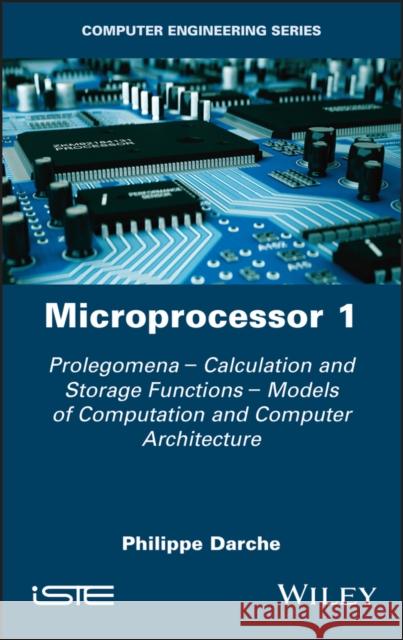Microprocessor 1: Prolegomena - Calculation and Storage Functions - Models of Computation and Computer Architecture » książka
topmenu
Microprocessor 1: Prolegomena - Calculation and Storage Functions - Models of Computation and Computer Architecture
ISBN-13: 9781786305633 / Angielski / Twarda / 2020 / 224 str.
Microprocessor 1: Prolegomena - Calculation and Storage Functions - Models of Computation and Computer Architecture
ISBN-13: 9781786305633 / Angielski / Twarda / 2020 / 224 str.
cena 741,16 zł
(netto: 705,87 VAT: 5%)
Najniższa cena z 30 dni: 730,95 zł
(netto: 705,87 VAT: 5%)
Najniższa cena z 30 dni: 730,95 zł
Termin realizacji zamówienia:
ok. 22 dni roboczych.
ok. 22 dni roboczych.
Darmowa dostawa!
Kategorie:
Kategorie BISAC:
Wydawca:
Wiley-Iste
Język:
Angielski
ISBN-13:
9781786305633
Rok wydania:
2020
Ilość stron:
224
Waga:
0.45 kg
Wymiary:
0.99 x 0.99 x 0.99
Oprawa:
Twarda
Wolumenów:
01











